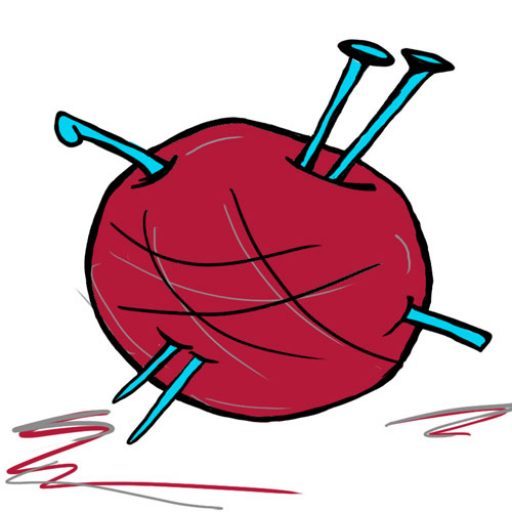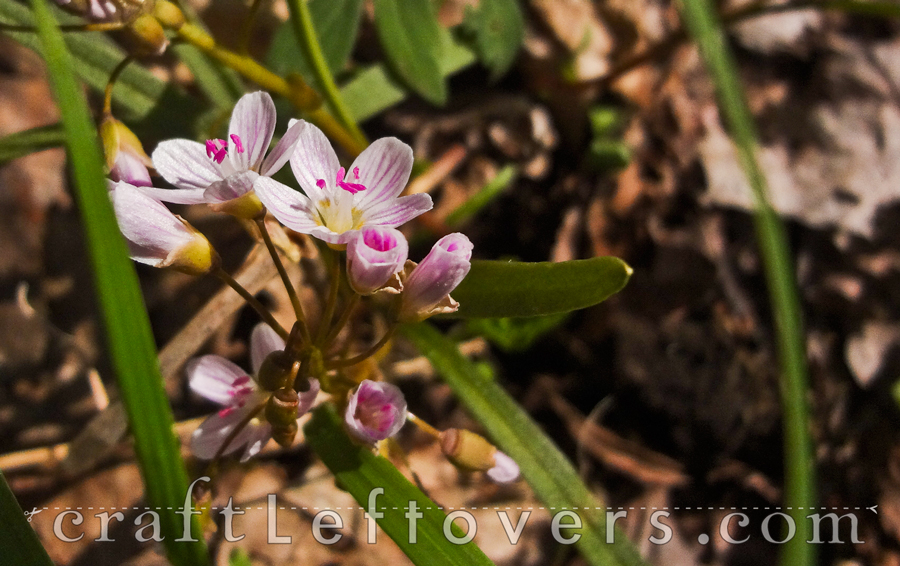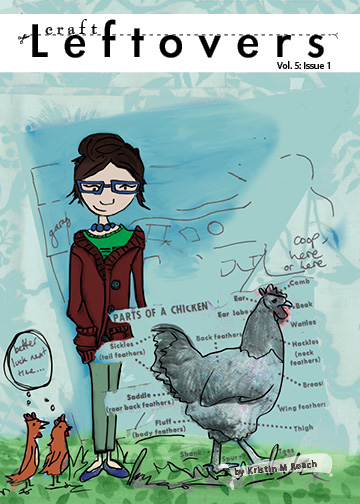The White Whale of Foraging for Morels
When I was a kid my dad and I would go foraging for morels every spring. We had a “spot”. I had no idea what a treasure it was. What a family heirloom. Since moving away to college, those elusive morels are no longer a part of my spring diet. Last spring, in hopes of rekindling our annual tradition, I asked my dad about it and he said the spot had sense run dry. Too many people found out about it and it ran its course.
It’s a pretty common issue. In the midwest, morel spots are the white whale of foraging. If you don’t have one, you don’t get one no matter how much you look. Every year you go out in hopes. And every year you turn up empty handed. Granted there is dumb luck. You see, everyone guards their morel hunting ground with the tightest of lips. Ask someone where they found their morels and you get the stink eye and a “in the woods by a creek” type of answer. You can’t tag along. You can’t learn from the pro’s. The only way is to be dedicated and get lucky OR be brought in to the family spot through inheritance like I had been so many years ago.

A few words on this book and putting wild woodland treats into my mouth. It’s arranged by color of flowers, so identifying a plant while it is in bloom is pretty easy. But it’s hard and potentially puke inducing to go just off the greens. It lists many of it’s characteristics, and if something doesn’t match perfectly, I leave it where it is.
I was excited that on this last foray into foraging, I was able to identify a new edible plant called Spring Beauties or, my favorite common name, Fairy Spuds. Now that I know where they grow and I’ve identified them by their flowers, foliage, and “potato”. I wasn’t sure how I would like them, so I dug 4 to try, each are about the size of a water chestnut. I should also say they are plentiful. I literally saw hundreds of them in at least 5 different areas. They are rare in some areas, so use some local discretion. If you see “a” patch, leave it. If you see hundreds, a few are okay to take. Apparently you can grow them in the garden, so I’m planning to try propagate a few. I also found a new patch of wild blackberries and gooseberries.
How did the fairy potatoes cook up? I boiled them when I got home and gave them a try. Delicious. I would say they are somewhere in taste and texture between a potato and a water chestnut.
Did I find my elusive morel “spot”? Nope. But I had fun trying. And I found another delectable woodland treat in the process.
Until Next Time…
Kristin M Roach



